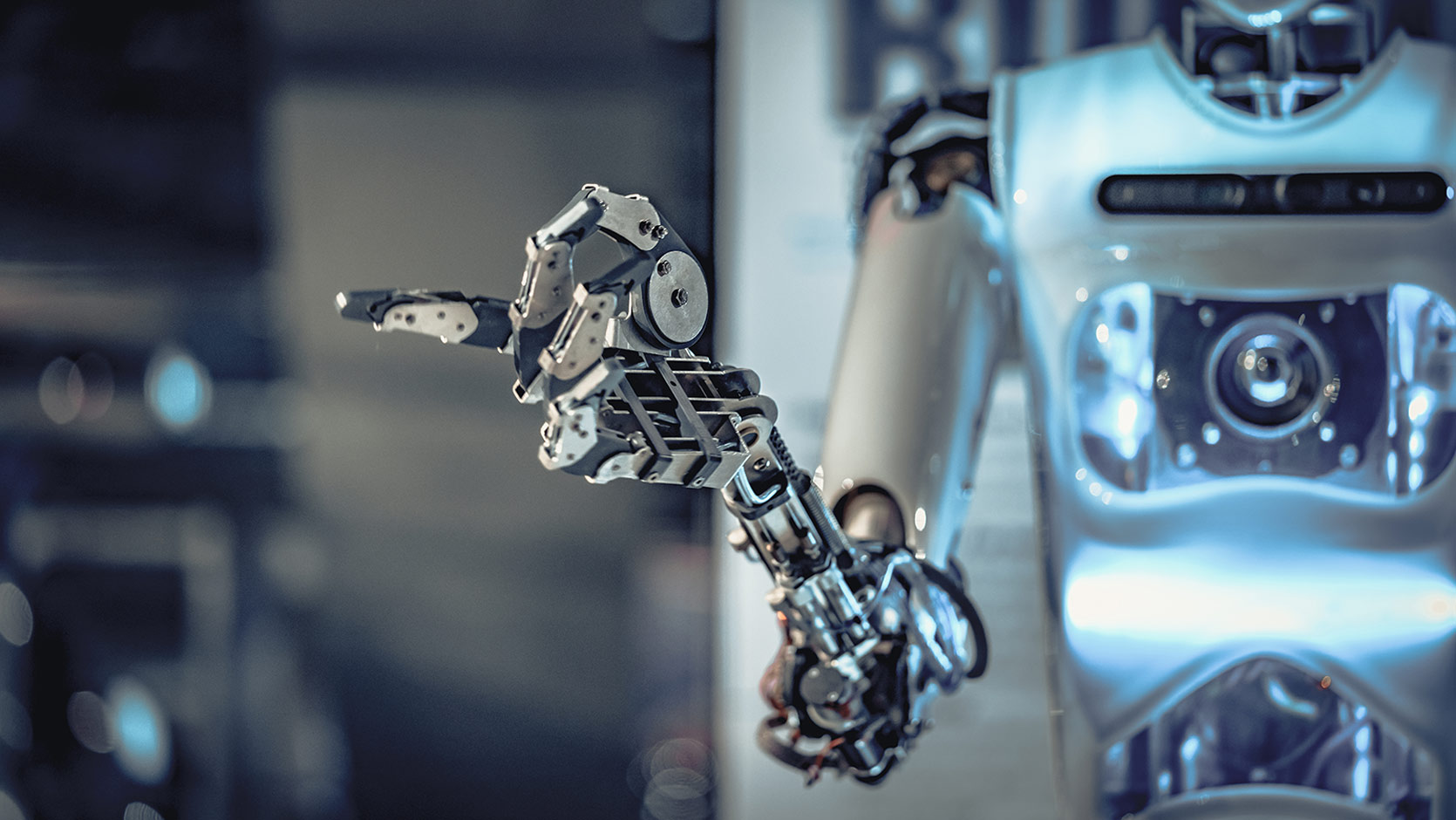
Spotlight
Top Categories
Featured

Navigating the AI Revolution: Impacts on Cybersecurity and Best Practices
Artificial Intelligence Ervin Daniels todayApril 1, 2024 33

Artificial Intelligence (AI) continues to be a transformative force across industries, with businesses rapidly adopting this groundbreaking technology. Recent studies indicate that 37% of companies globally utilize AI in some form, which is expected to rise as organizations become more accustomed to its potential. One of the most impactful applications of AI is Generative Artificial Intelligence (GAI), which can generate content such as images and text based on input data. This technology profoundly marks diverse sectors, including art, healthcare, entertainment, and marketing.
The Impact of AI in Cybersecurity
Cybersecurity professionals face a dual challenge as businesses integrate AI into their operations. While companies leverage AI to enhance productivity, attackers also use AI to accelerate their malicious activities. This dynamic underscores the critical role of security professionals in protecting organizations from evolving threats while providing security for AI operations.


Defenders and Attackers in AI-Powered Cybersecurity
As businesses embrace AI, so do cyber attackers. This trend is evident as companies undergo digital transformations using hybrid multi-cloud environments. However, with new technologies come new vulnerabilities, threats, and risks. While AI enhances productivity for companies, attackers exploit AI to accelerate their malicious activities, capitalizing on security defense gaps. This creates a crucial role for security professionals who stand between businesses and attackers, defending against AI-powered threats.
Protecting AI Applications
Securing AI applications is a crucial aspect of cybersecurity. Securing AI systems involves safeguarding foundational AI models, generative AI capabilities, and their associated datasets. The security industry is actively introducing emerging technologies and techniques to mitigate the risks posed by adversaries targeting AI systems.
Best Practices in Security for AI
- Implement Robust Security Measures: Ensure robust cybersecurity measures are in place to protect AI systems from potential threats. This includes using encryption, secure authentication methods, access controls, and regular security audits to detect and mitigate vulnerabilities.
- Adopt Ethical AI Practices: Follow ethical guidelines and best practices in AI development and deployment to mitigate risks related to bias, discrimination, privacy violations, and ethical dilemmas. Ensure transparency, fairness, accountability, and responsible use of AI technologies.
- Train and Educate Staff: Provide comprehensive training and education to employees involved in AI development, deployment, and management. This includes raising awareness about AI risks, security practices, data privacy, and compliance requirements to empower staff to make informed decisions and take proactive measures.
- Implement AI Governance Frameworks: Establish clear AI governance frameworks and policies that define roles, responsibilities, decision-making processes, risk management strategies, and compliance requirements. Implement AI ethics committees or review boards to oversee AI projects and ensure alignment with organizational goals and values.
- Monitor and Evaluate AI Performance: Continuously monitor and evaluate the performance of AI systems to detect anomalies, errors, biases, and security incidents. Implement mechanisms for real-time monitoring, data logging, audit trails, and feedback loops to improve AI accuracy, reliability, and security over time.
Future Considerations in AI-Cybersecurity Integration
As AI adoption continues to rise, organizations must develop comprehensive cybersecurity and AI strategies. This includes adapting to evolving attack surfaces, addressing vulnerabilities, and leveraging AI-driven capabilities for enhanced productivity and security. The evolution of AI in cybersecurity represents a significant step forward in defending against increasingly sophisticated threats.
In summary, the convergence of AI and cybersecurity presents both opportunities and challenges for businesses. By embracing AI responsibly and implementing robust security measures, organizations can navigate this landscape effectively and protect themselves against emerging threats.
Written by: Ervin Daniels
Previous post


Artificial Intelligence Ervin Daniels
AI’s Impact on Cybersecurity
Ervin Daniels Cybersecurity Architect with over 25 years of Technology and Security leadership and hands-on experience across various industries (retail, public, financial services, and technology).
©2020 Ervin Daniels. Designed By Tru Brand Media Disclaimer: Opinions expressed are solely my own and do not express the views or opinions of IBM.





Post comments (0)